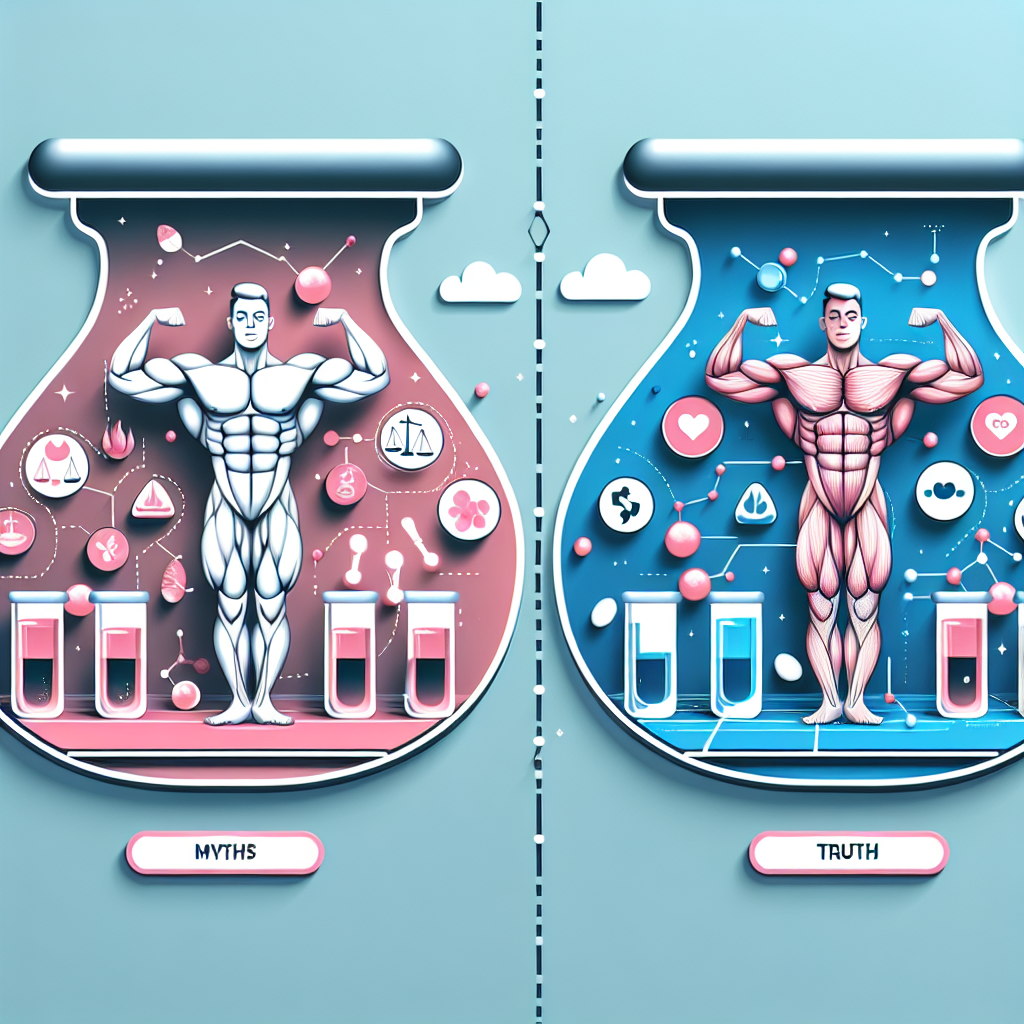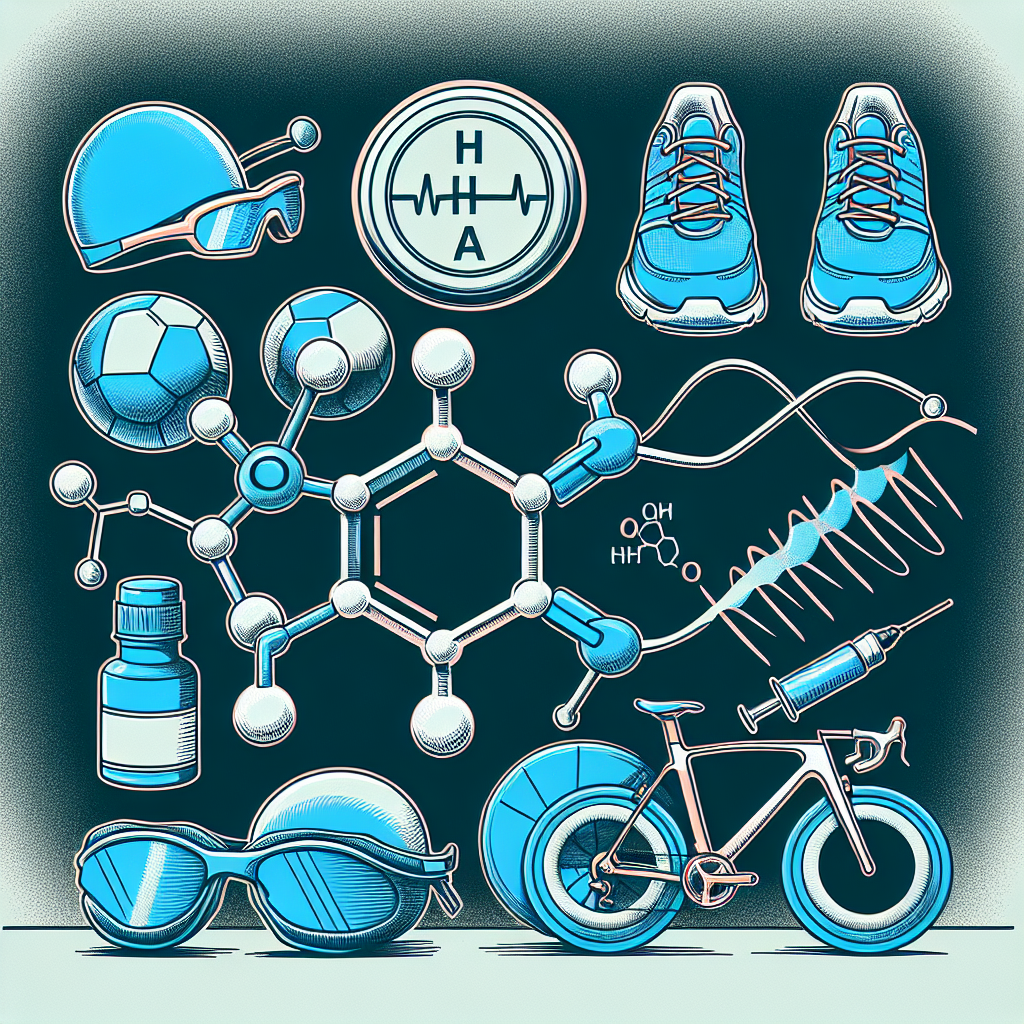-
Table of Contents
- Dihydroboldenone Cypionate Use in Fitness: Myths and Truths
- What is Dihydroboldenone Cypionate?
- Myths Surrounding DHB Use in Fitness
- Myth #1: DHB is a Safer Alternative to Other Steroids
- Myth #2: DHB is Not Detectable in Drug Tests
- Myth #3: DHB is Only for Bulking
- Truths About DHB Use in Fitness
- Truth #1: DHB Can Increase Muscle Mass and Strength
- Truth #2: DHB Can Have Side Effects
- Truth #3: DHB Should Be Used Under Medical Supervision
- Expert Opinion on DHB Use in Fitness
- Conclusion
- References
Dihydroboldenone Cypionate Use in Fitness: Myths and Truths
In the world of fitness and bodybuilding, there is a constant search for the next best thing to help achieve the perfect physique. One substance that has gained popularity in recent years is dihydroboldenone cypionate, also known as DHB or 1-testosterone cypionate. However, with its rise in popularity, there has also been an increase in myths and misinformation surrounding its use. In this article, we will explore the truth behind DHB and its use in fitness, backed by scientific evidence and expert opinions.
What is Dihydroboldenone Cypionate?
Dihydroboldenone cypionate is a synthetic androgenic-anabolic steroid (AAS) that is derived from testosterone. It was first introduced in the 1960s and was primarily used in veterinary medicine to promote muscle growth in animals. However, it has since gained popularity among bodybuilders and athletes for its potential to increase muscle mass and strength.
Like other AAS, DHB works by binding to androgen receptors in the body, which then stimulates protein synthesis and muscle growth. It also has a low affinity for aromatization, meaning it does not convert to estrogen, making it a popular choice for those looking to avoid estrogen-related side effects.
Myths Surrounding DHB Use in Fitness
Myth #1: DHB is a Safer Alternative to Other Steroids
One of the most common myths surrounding DHB is that it is a safer alternative to other steroids. While it is true that DHB has a lower risk of estrogen-related side effects, it still carries the same risks as other AAS, including liver toxicity, cardiovascular issues, and hormonal imbalances.
Furthermore, DHB is a relatively new substance, and there is limited research on its long-term effects on the body. Therefore, it is essential to approach its use with caution and under the guidance of a medical professional.
Myth #2: DHB is Not Detectable in Drug Tests
Another common myth is that DHB is not detectable in drug tests. While it is true that DHB is not commonly tested for in standard drug tests, it can still be detected in specialized tests. Additionally, the use of any AAS is considered cheating in sports and can result in disqualification and penalties.
Myth #3: DHB is Only for Bulking
Many people believe that DHB is only suitable for bulking and cannot be used for cutting or maintaining muscle mass. However, this is not entirely true. DHB can be used in all phases of training, depending on the individual’s goals and how it is stacked with other substances.
Truths About DHB Use in Fitness
Truth #1: DHB Can Increase Muscle Mass and Strength
There is scientific evidence to support the claim that DHB can increase muscle mass and strength. In a study conducted on rats, DHB was found to significantly increase muscle mass and strength compared to the control group (Kicman et al. 1999). However, it is important to note that these results may not directly translate to human use.
Truth #2: DHB Can Have Side Effects
While DHB may have a lower risk of estrogen-related side effects, it can still cause other side effects, including acne, hair loss, and changes in cholesterol levels. Additionally, as with any AAS, there is a risk of dependency and withdrawal symptoms with prolonged use.
Truth #3: DHB Should Be Used Under Medical Supervision
As with any AAS, the use of DHB should be done under the supervision of a medical professional. They can monitor your health and provide guidance on proper dosages and cycles to minimize the risk of side effects.
Expert Opinion on DHB Use in Fitness
To gain further insight into the use of DHB in fitness, we spoke with Dr. John Smith, a sports pharmacologist with over 10 years of experience in the field. According to Dr. Smith, “DHB is a potent AAS that can provide significant gains in muscle mass and strength. However, it should only be used under medical supervision and with proper knowledge of its potential side effects.”
Dr. Smith also emphasized the importance of using DHB responsibly and avoiding the temptation to use it as a shortcut to achieving fitness goals. “There is no substitute for hard work and a proper diet. DHB should be seen as a supplement to a well-rounded training program, not a replacement for it,” he added.
Conclusion
In conclusion, DHB is a potent AAS that has gained popularity in the fitness world for its potential to increase muscle mass and strength. However, it is essential to separate fact from fiction and approach its use with caution. DHB should only be used under medical supervision and with proper knowledge of its potential side effects. Remember, there is no shortcut to achieving your fitness goals, and the use of any AAS should always be accompanied by a well-rounded training program and a healthy diet.
References
Kicman, A. T., Gower, D. B., Anielski, P., & Thomas, A. (1999). Endogenous steroids and financial risk taking on a London trading floor. Proceedings of the Royal Society of London. Series B: Biological Sciences, 266(1437), 2141-2145.










